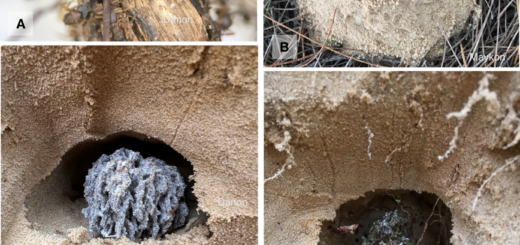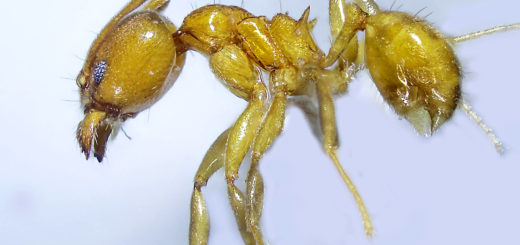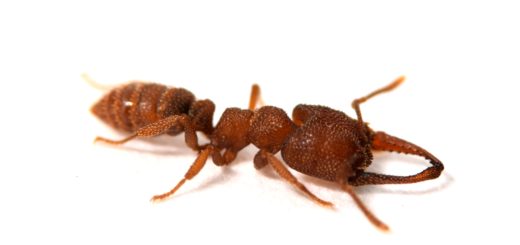Measuring metabolic scaling of fire ant structures

In the recent paper “Metabolic scaling of fire ants (Solenopsis invicta) engaged in collective behaviors” published in Biology Open, the authors Hungtang Ko, Keyana Komilian, James S. Waters, and David L. Hu investigate metabolic rates in fire ant workers using a respirometry under several scenarios: normal state, elevated temperatures, rafting, and tower-building. They found that ants’ metabolic rates scaled proportionally with the group mass at various temperatures and with tower-building, while metabolic rates scaled both proportionally and allometrically with rafting. Their results indicate that stressful situations may influence metabolic demand. Here, first author Hungtang Ko highlights the main points and shares some pictures.
An Interview compiled by Patrick Krapf, Lina Pedraza, and James Trager

MNB: Could you briefly outline the research you published in the journal Environmental Entomology in layman’s terms?
HK: Biologists have measured the metabolism of animals and insect colonies and found that the larger the animal/colony is, the less metabolic energy is required for each cell/individual. However, there was also conflicting evidence suggesting that ant workers isolated from their colonies do not conserve energy in larger groups.
In this study, we examined the metabolism of fire ant workers as they are engaged in collective behaviors such as tower and raft building. We had originally hypothesized that ants would be able to conserve energy in larger swarms as they work cooperatively but did not find evidence supporting this. Fire ants in towers and rafts have the same metabolic rate per mass regardless of the size of the aggregation. We only found this size effect in metabolism in rafting ants during their initial building stage. However, in a yet unpublished study, we found that physical forces stabilize large rafts more than small rafts, suggesting that the size effect we observed could originate from physical interactions alone.
MNB: What is the take-home message of your work?
HK: Metabolic scaling of insect groups remains a mystery. While collective behaviors whose goal is to maintain certain temperatures (thermoregulation) can induce metabolic size benefits, maintaining a tower or a raft cannot. The size benefit in the metabolic sense provides a new angle for examining collective behaviors.
All pictures are © by Hungtang Ko.
Fire ant mounds can be found on the campus of Georgia tech.

A close-up look of a fire ant mound.

We transferred the mounds back to our laboratory.

Ants were isolated from the soil through dripping water into the buckets.

Fire ants formed rafts in the buckets, which we transferred to a plastic tray

Fire ants established under lab conditions.

We measured the metabolism of fire ants using constant-volume respirometry. The container was submerged in a temperature-controlled water bath.

We also measured the metabolism when ants build a tower around a nail.

We measured the metabolism of fire ant rafts of different sizes.






Recent Comments